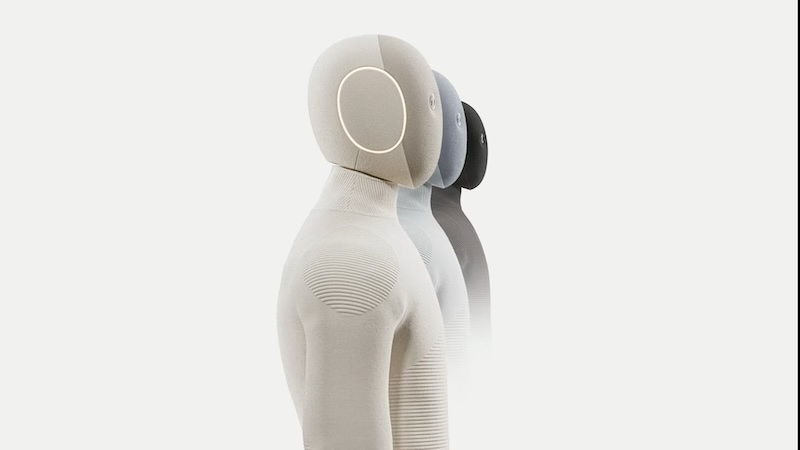
Robots are increasingly transforming various sectors, from industrial settings to personal spaces. A recent study by Teqram, led by CEO Frans Tollenaar, has identified the top five most advanced robots currently available. This analysis focuses on mobile, autonomous robots developed between 2020 and 2025, highlighting their capabilities and real-world applications.
Teqram’s research evaluates robots based on five key performance factors. Only those capable of independent movement were included, excluding stationary models primarily designed for communication. The findings reveal a significant shift in the robotics landscape, with machines moving beyond simple tasks into roles requiring adaptability and intelligence.
NEO: The Pinnacle of Consumer Robotics
Topping the list is NEO, which achieved a perfect innovation score of 100. This humanoid robot is specifically designed for home use, offering a range of functionalities such as folding laundry, organizing shelves, and responding to voice commands. With a top speed of 22 km/h and a lifting capacity of 70 kg, NEO significantly outperforms its competitors. Its 75 degrees of freedom allow for fluid movements that mimic human actions, making it a practical tool for everyday domestic tasks.
Tollenaar describes NEO as a major advancement in consumer robotics. “The combination of speed, strength, and articulation makes this a tool that can genuinely assist with daily tasks rather than serving as a novelty,” he states.
Apollo and Atlas: Innovations in Industrial Robotics
Following NEO, Apollo ranks second with a score of 73.54. This human-sized industrial robot is tailored for logistics and warehousing. Standing at approximately 1.73 meters and weighing around 72.5 kg, Apollo is engineered to work safely alongside human employees, addressing labor shortages in industrial environments. It can lift up to 24.5 kg and has 71 degrees of freedom, allowing for the dexterity required in material handling tasks. Its maximum speed of 3.4 km/h is designed for precision rather than speed, ensuring safe operation in close proximity to human workers.
Tollenaar emphasizes Apollo’s practical applications: “Its human-scale design allows it to work in spaces built for people, without requiring facility redesigns.”
In third place is Atlas, with a score of 69.94. Known for its dynamic capabilities, Atlas is a fully electric humanoid capable of walking, running, and jumping. It boasts a speed of 9 km/h and a lifting capacity of 18 kg, alongside 50 degrees of freedom. This versatility allows Atlas to perform a wide range of tasks across various environments.
“Atlas shows what’s possible when you prioritize dynamic movement,” Tollenaar explains, noting its ability to navigate and manipulate objects effectively.
Emerging Competitors: Unitree H2 and Optimus GEN 2
The fourth position is held by Unitree H2, which scored 63.28. This humanoid robot stands approximately 1.80 meters tall and weighs 70 kg. Its 31 degrees of freedom enable high agility and lifelike motion, making it suitable for both research and commercial applications. The H2 can reach speeds of 11 km/h while maintaining precise control, although its strength rating is lower than its competitors.
Completing the top five is Optimus GEN 2 from Tesla, which scored 60.69. This next-generation humanoid is designed for general-purpose tasks, combining advanced actuators with improved mobility to achieve a walking speed of 8 km/h. With a strength capacity of 20 kg and fingertip sensors for tactile feedback, Optimus GEN 2 aims to handle repetitive and hazardous tasks, enhancing worker safety and efficiency.
Tollenaar notes the commonalities among the top performers: “Success comes from integrating navigation, manipulation, and autonomy into a system that can adapt to real-world unpredictability.”
As the robotics industry progresses, Tollenaar anticipates a future where humanoid robots will be commonplace. “We’re entering an era where humanoid robots will become integral in settings we never imagined a decade ago,” he adds.
The rankings released by Teqram highlight not only the technological advancements in robotics but also the increasing integration of these systems into daily life. The emphasis is shifting toward ensuring that robots are safe, accessible, and beneficial for the people they serve, marking a significant milestone in the evolution of robotic technology.
For those interested, the full dataset detailing the top 15 advanced robots and the study’s methodology is available upon request from Teqram.







